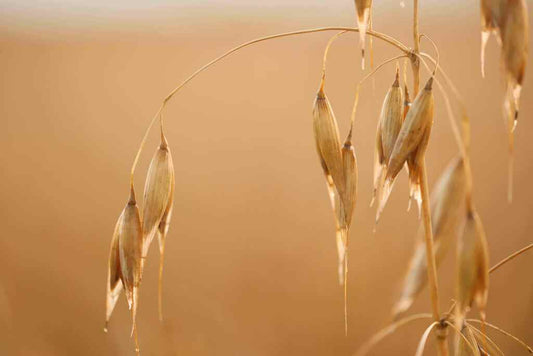Containers and soil
A container can be any vessel that holds soil and has drainage holes. This could be something purchased at a nursery or hardware store, but you can scour flea markets, yard sales, and thrift stores for one-of-a-kind finds. Consider color, shape, size, and style to either match your décor or create an eclectic design. Your soil needs to hold water, yet have good drainage. Gardening is sometimes a paradox! Most commercial potting soil mixes work well with container plantings, but if you are using succulents, you will need a sandy cactus mix. Shop at a reputable nursery, and ask the staff for the best organic soil for your purposes. It’s also easy and inexpensive to make your own potting mix.Design
As in any garden design, you need to consider plant characteristics, such as shape, color, height, texture, and bloom time (for perennials). The plants in one container need to have the same light and water requirements. If you put a cactus in a pot with water and shade loving impatiens, you will surely kill it. Design for visual interest and impact, with dramatic contrasts in color, size, and texture. Group several containers together for a large display full of variety. Tall plants go to the back of the container, with mid-size and border plants in the front. If the container is to be viewed from all sides, the tallest plants go in the center, surrounded by the shorter ones. Extend the vertical line with plants that drape over the edge. Check out these design ideas! Use companion planting guidelines to add herbs and flowers to vegetable containers. Certain plants thrive growing together, benefiting each other with nutrients, shade, and pest repellents.Planting and maintenance
When you have all your materials gathered, it’s time to plant! Put some gravel in the bottom of your container, and fill with soil, tamping it a bit. The top of the plant’s soil ball needs to be at the top of the soil in the container. Leave an inch at the top for watering. Tamp the soil after the plants are in place, and water gently. If you are going to cluster your containers together, consider a drip irrigation system to water them. If you hand water, do so every morning, but once the plants are large and summer is hot, they will probably need watering in the evening, too. A little afternoon shade will keep them from drying out too quickly. No matter what your situation is, you can have a garden, even if it’s one container. Greenery improves our sense of well-being, and connects us to nature, so it’s worth your while to start gardening organically in containers!Would you like to be the first to hear about our new products and more? Sign up for our Nature’s Path Newsletter.








